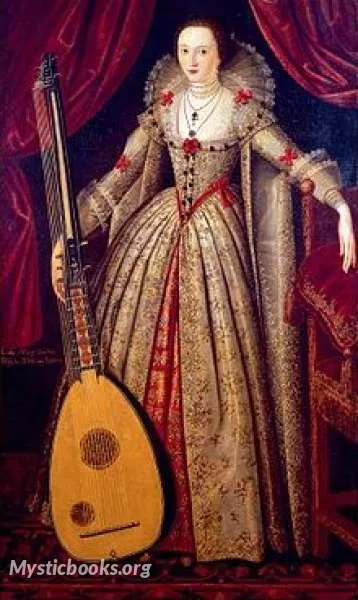
Timeline
Title
Country/Nationality
Lady Mary Wroth
Lady Mary Wroth was an English poet of the Renaissance. A member of a distinguished literary family, Lady Wroth was among the first female English writers to have achieved an enduring reputation. Mary Wroth was niece to Mary Herbert née Sidney (Countess of Pembroke and one of the most distinguished women writers and patrons of the 16th century), and to Sir Philip Sidney, a famous Elizabethan poet-courtier.
On 27 September 1604, King James I married Mary to Sir Robert Wroth of Loughton Hall. The marriage was not happy; there were issues between the two beginning with difficulties over her father’s payment of her dowry. In a letter written to his wife, Sir Robert Sidney described different meetings with Robert Wroth, who was often distressed by the behaviour of Mary shortly after their marriage. Robert Wroth appeared to have been a gambler, philanderer and a drunkard. More evidence of the unhappy union comes from poet and friend Ben Jonson, who noted that ‘my Lady Wroth is unworthily married on a Jealous husband’. Various letters from Lady Mary to Queen Anne also refer to the financial losses her husband had sustained during their time together.
During her marriage, Mary became known for her literary endeavours and also for her performances in several masques. In 1605 she danced at the Whitehall Banqueting House in The Masque of Blackness, which was designed by Ben Jonson and Inigo Jones.
Mary Wroth's alleged relationship with William Herbert and her children born from that union are referenced in her work, The Countess of Montgomery’s Urania. It is also claimed that William Herbert was a favourite of Queen Anne and that she is the reason he gained the position of the King's Lord Chamberlain in 1615. In Urania, Wroth repeatedly returns to references to a powerful and jealous Queen who exiles her weaker rival from the court in order to obtain her lover, causing many critics to believe this referenced tension between Queen Anne and Wroth over the love of Herbert.
The publication of the book in 1621 was a succès de scandale, as it was widely (and with some justification) viewed as a roman à clef. The diffuse plot is organized around relations between Pamphilia and her wandering lover, Amphilanthus, and most critics consider it to contain significant autobiographical elements. Although Wroth claimed that she never had any intention of publishing the book, she was heavily criticized by powerful noblemen for depicting their private lives under the guise of fiction.
After the publication issues surrounding Urania, Wroth left King James's court and was later abandoned by William Herbert. There is little known about Wroth's later years but it is known that she continued to face major financial difficulties for the remainder of her life. Wroth died in either 1651 or 1653. Mary is commemorated in Loughton by the naming of a footpath adjacent to Loughton Hall as Lady Mary's Path.
Books by Lady Mary Wroth

Pamphilia to Amphilanthus
Pamphilia to Amphilanthus is a sonnet sequence by the English Renaissance poet Lady Mary Wroth, first published as part of The Countess of Montgomery's Urania in 1621, but subsequently published separately. It is the second known sonnet sequence by a...